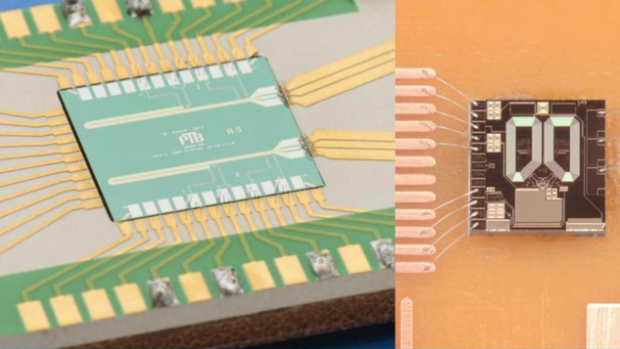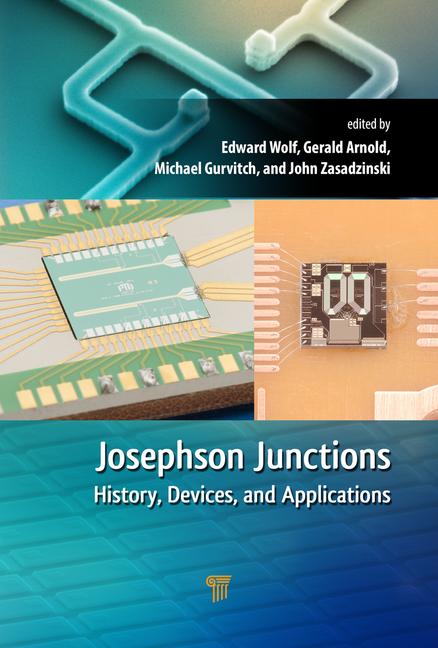Professor Wolf's New Book Takes a Comprehensive Look at Josephson Junctions

As Alex Braginski, a renowned European physicist has pointed out, there is not an abundance of books about superconductor electronic devices and circuits. Furthermore, there are virtually none that focus mainly on the specialized topic of Josephson junctions — which are made by sandwiching a thin layer of a non-superconducting material between layers of superconducting material.
 That changed with the publication of Josephson Junctions: History, Devices and Applications, a volume co-edited by NYU Tandon Professor of Applied Physics Edward Wolf. With a chapter by Brian Josephson himself, who won the Nobel Prize in 1973 for his theoretical predictions of the properties of a supercurrent through a tunnel barrier, the book has proven to be a valuable and welcome addition to the existing literature and has been particularly praised for its historical perspective on a technology now used to provide state-of-the-art performance in detection of small magnetic fields and currents, in several digital computing methods, and in medical diagnostic devices.
That changed with the publication of Josephson Junctions: History, Devices and Applications, a volume co-edited by NYU Tandon Professor of Applied Physics Edward Wolf. With a chapter by Brian Josephson himself, who won the Nobel Prize in 1973 for his theoretical predictions of the properties of a supercurrent through a tunnel barrier, the book has proven to be a valuable and welcome addition to the existing literature and has been particularly praised for its historical perspective on a technology now used to provide state-of-the-art performance in detection of small magnetic fields and currents, in several digital computing methods, and in medical diagnostic devices.
In addition to Josephson’s imprimatur, Josephson Junctions: History, Devices and Applications merited a foreword by well-known American physicist John Clarke.



